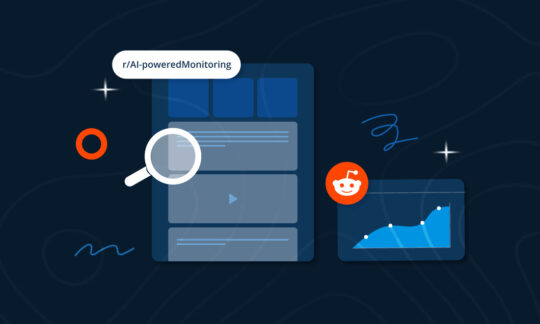What to do when you’re creating online content? 10 easy steps.
Content is king. If you’ve only passed by any marketing event in the last few years, you’ve heard it more than enough. When the trend hit for the first time, every company out there went home and started a blog. They didn’t quite know what, how, and when to post but they did it anyway. And they wondered why it’s not bringing money to their pockets straight away.
But then the second wave of knowledge came with the news that this content, you know, it has to be organised somehow to bring you expected result (that you should establish as well – whether it’s for your brand image, authority, client support, etc). You have to make a content strategy, a calendar, a distribution plan, a keywords list, and most of all – the audience research. And you need to be consistent. It seems like a lot, but in fact, with proper tools, it’s not a rocket science. There are some good platforms on the market that you can get to make a good target segmentation or even schedule whole campaigns if you work as a team. But honestly, it doesn’t matter whether you are a big company with the entire department of talented writers, or you are just one humble blogger*. The proper workflow goes more or less like this:
1. Come up with the idea
Probably the most important thing, but no pressure! You can do it! You are the boss! You are the winner! [Insert any other motivational quote here.] But all jokes aside, I’ll tell you a secret: every content creator suffers from a writer’s block from time to time. It’s good to prepare yourself for this scenario in advance. It’s also good to have a content strategy and everything planned. You should always (and I mean it – always) have a notebook by your side (it can be digital, I myself use Google Keep) because you never know when the good idea will pop into your mind. This way you can just take one from the stash in case of lean times.
2. Create a brief
I know, as a creative person this scary corporate lingo might spook you but stay calm, it basically means putting your main thoughts in bullet points. If you are thrifty, you might even have a draft to just fill in. Think about for whom this content might be, how it fits into your strategy, and how it’s going to be of use to you or your company.
3. Schedule the publishing
Just think when the best time to come out to the world with this particular piece of content could be. I mean, if you have a strategy, it’s obvious that you will match topics to a season, but think about the details. Plus, if you are a part of a bigger team, you need to remember to establish the content flow with the other publishers as well.
4. Let the vision process begin
If you are lucky enough to get a help of the designer, the only worry you have is to make sure you let him know what you’re up to, so that he’d get enough time to create relevant pictures etc. If you are on your own, take some time to prepare. Simply, don’t leave it until minutes before publishing. Images increase conversions, and you need to remember this.
5. Get the SEO consult
This way you won’t be needing thesaurus as much while working on the content. But seriously, the keywords are the way your potential clients get to your site from search engines so be sure they get on the right path. The best job in this field will be done by the SEO specialist, obviously, but even if you are not blessed with the one in your team, you can outsource the analysis or try and make the research yourself. Just be prepared for some hard work and a lot of open questions.
6. Create the content
This is it. You can finally let your inner creative beast out. Just, please, keep our tone of voice and editorial guidelines in mind!
7. Don’t forget the summary and meta-data
Make sure you’ve spent a second more on extracting the most important phrases. This makes the distribution of post so much easier, and you won’t be surprised by the extra work on the scheduled time of publication.
8. Create a distribution plan
Think about how you’d spread the word about the content. Match the channels to your audience’s needs and the type of content. Maybe a dedicated landing page or mailing? Remember that even the most beautifully written piece of content, no matter if it’s a blog post, an eBook or a poem, simply cannot be appreciated if it won’t get to the right eyes. You can check the best time for publishing on social channels if you have your topic and audience defined properly (for example with hour histogram analysis). So just plan where to post about it and when, and spam around.
9. Publish!
And simply watch how it’s raining likes.
10. Repost
You thought the deed is done after publishing? Well, it’s not. Think about all the people who are not your readers yet. Maybe they too would like to discover your thoughts on that topic? Just kindly remind your audience of the good pieces from time to time. (Just not too often. Don’t be needy.)
* If you are a blogger and would like to get SentiOne account for free to get detailed audience analysis (like gender of your readers, their whereabouts, your reach, the best social media channels for you, or the best time to post), feel free to contact our lovely Head of PR at jagoda@senti1.com



